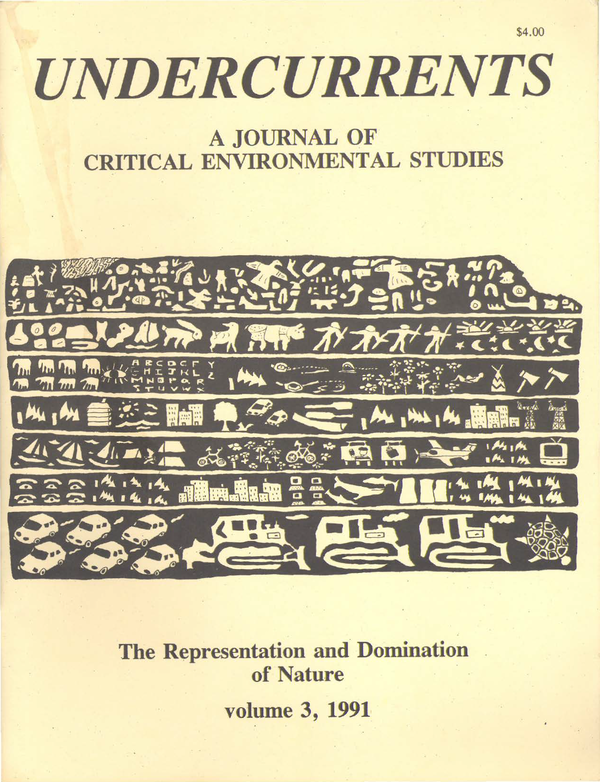The Dog and the Wolf: Some Thoughts on Biological Shackles and the Trap of Humanism
DOI:
https://doi.org/10.25071/2292-4736/37929Abstract
There are many different themes running through this Aesop fable which are applicable to trends in Western culture. One way to interpret this piece is to think of the Wolf as representing "wildness" and the Dog as representing "domestication."2 The collar and chain that rub around the neck of the Dog are like our own tie to the, Western technological mind-set. It appears that the Dog is living a comfortable, safe, easy life, just as we feel that the benefits of our technological world have brought us a similar security. The Wolf, in choosing not to accept the collar and chain of the Dog, maintains the freedom to follow his own will and purpose. He retains his wildness. The Dog has had this wildness, this independent purpose, bred out of him by the Master. His purpose is not his own, but that of the Master. We, in Western culture, tend to see ourselves as like the Master, possessing control over what purpose the rest of nature will serve for us. We fail to recognize that, nature, like the Wolf, has purpose independent from us. We also fail to recognize that the very mechanisms and techniques which we use to exert control, have placed us in the position, not of Master, but of the Dog. The trap of humanism, therefore, is that in attempting to domesticate nature, we domesticate ourselves.3
Published
How to Cite
Issue
Section
License
Copyright (c) 1991 Craig NaherniakCreators retain copyright for all writings and artwork published in UnderCurrents. New material published as of Volume 21 (2022) is available under a Creative Commons Attribution 4.0 International License (CC-BY 4.0).


